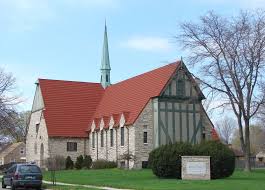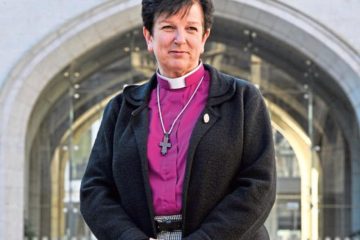The Evolving Role of Priests in Contemporary Society

Introduction
In an age marked by rapid change and technological advancement, the role of priests remains a vital aspect of many communities. Priests serve not only as spiritual leaders but also as guides and supporters in various life circumstances. Their influence often extends beyond the walls of the church, shaping moral values, community dynamics, and social support systems. Understanding the current landscape in which priests operate provides insight into their importance and the challenges they face.
The Role of Priests Today
The primary role of a priest has traditionally been to lead religious services, offer sacraments, and provide pastoral care. However, the modern priest is called upon to perform many additional functions. A recent report by the Church of England highlights that priests now frequently engage in community outreach, mental health support, and even conflict resolution. Many are trained to provide counselling services, addressing issues ranging from personal crises to community disputes.
In recent years, societal changes have posed challenges for priests. The decline in church attendance has prompted many to rethink their approach, emphasising inclusivity and active community involvement. This shift is being observed in regions such as the UK, where a growing number of clergy are working to connect with younger generations through social media and innovative programming.
Challenges Faced by Priests
While the role of priests remains significant, they face various challenges. A survey conducted by the National Centre for Social Research found that 62% of clergy report high levels of stress, attributed to a mix of increasing demands from their congregations and shrinking resources. Furthermore, the ongoing discussions surrounding scandals in religious institutions have led to a crisis of trust among some community members.
Additionally, the COVID-19 pandemic brought unprecedented disruptions to church activities. Many priests adapted by providing virtual services and finding new ways to connect with their communities. This adaptability demonstrates their resilience and commitment to serving their congregations, though it has also highlighted the need for better mental health support for clergy as they navigate these challenges.
Conclusion
The role of priests in modern society is both crucial and evolving. As they adapt to the changing landscape of faith and community, their contributions to mental health, social welfare, and moral guidance become increasingly important. With ongoing challenges and a need for innovative approaches, the future of clergy work will likely continue to be a topic of discussion among religious organisations and the communities they serve. Ultimately, priests remain essential in fostering community spirit and moral integrity, and their efforts will shape the societal framework for years to come.









